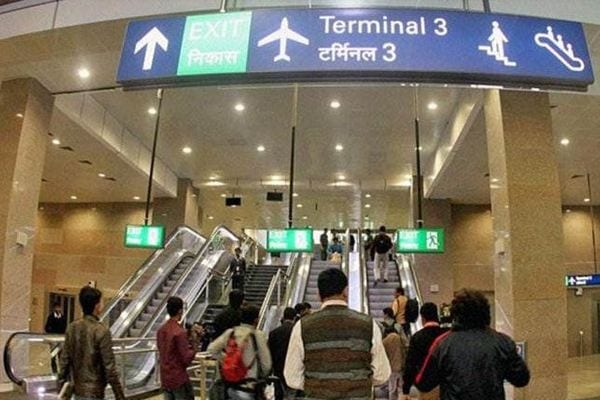Airports need US$ 45 bn investment to improve capacity by 2030: CAPA
India needs to invest up to US$ 45 billion to create an additional capacity of handling 500-600 million passengers at its airports by 2030 as their capacity is likely to saturate within the next five years, a study by an aviation think-tank said. According to Centre for Asia Pacific Aviation (CAPA) estimates, the current capacity of the country’s top 17 airports is between 298-316.5 million passengers per annum. This is expected to increase to 431-463 million once the existing airport sites are completely built and achieve their maximum structural capacity. CAPA notes that airports at Mumbai, Chennai, Delhi and Kolkata will reach their maximum capacity in the next one to five years, ie between 2019 and 2022, assuming passenger growth rate is 10 per cent per annum.
Also, 10 airports – Pune, Jaipur, Srinagar, Lucknow, Dehradun, Agartala, Guwahati, Kozhikode, Mangalore, and Trichy – managed by the Airports Authority of India (AAI), are already operating beyond their design capacity. Delhi’s Indira Gandhi International Airport’s current capacity is 64 to 72.5 million passengers per annum and its maximum structural capacity of 90-100 million passengers per annum is likely to be achieved by FY 2022, assuming a growth rate of 10 per cent. Similarly, Mumbai’s Chhatrapati Shivaji International Airport with a maximum capacity of 50-52 million passengers per annum is likely to saturate by FY 2019. “The airport system is expected to exceed its maximum structural capacity by FY 2022, based on data available to CAPA as of June 2017,” the CAPA report said.
It added that if new projects are delayed and passenger traffic grows faster than the conservative estimate of 10 per cent, the threshold could be breached earlier than 2022. “India will need to build an additional 500-600 million capacity by 2030. This will require US$ 36-45 billion of investment, including US$ 12-15 billion of equity capital,” the report added. There will also be a need to allocate 150,000 to 200,000 acres of land for 55 new airports by 2030, which CAPA said could be challenging as land banks on such a massive scale will become scarce. As airlines begin to induct 350-400 aircraft in the next five years, problems related to unavailability of slots as well as overnight parking bays will get magnified.
The saturation at metro airports combined with the government’s thrust on enhancing connectivity to Tier II and Tier III cities is expected to drive traffic to non-metro airports. The think-tank has recommended setting up a National Airports Commission under the civil aviation ministry which will oversee planning and development of airports. “The commission should have responsibility for developing a long-term national airports master plan with a 20-30 year horizon, taking into account central and state economic plans and multi-modal transport connectivity,” CAPA proposed.

